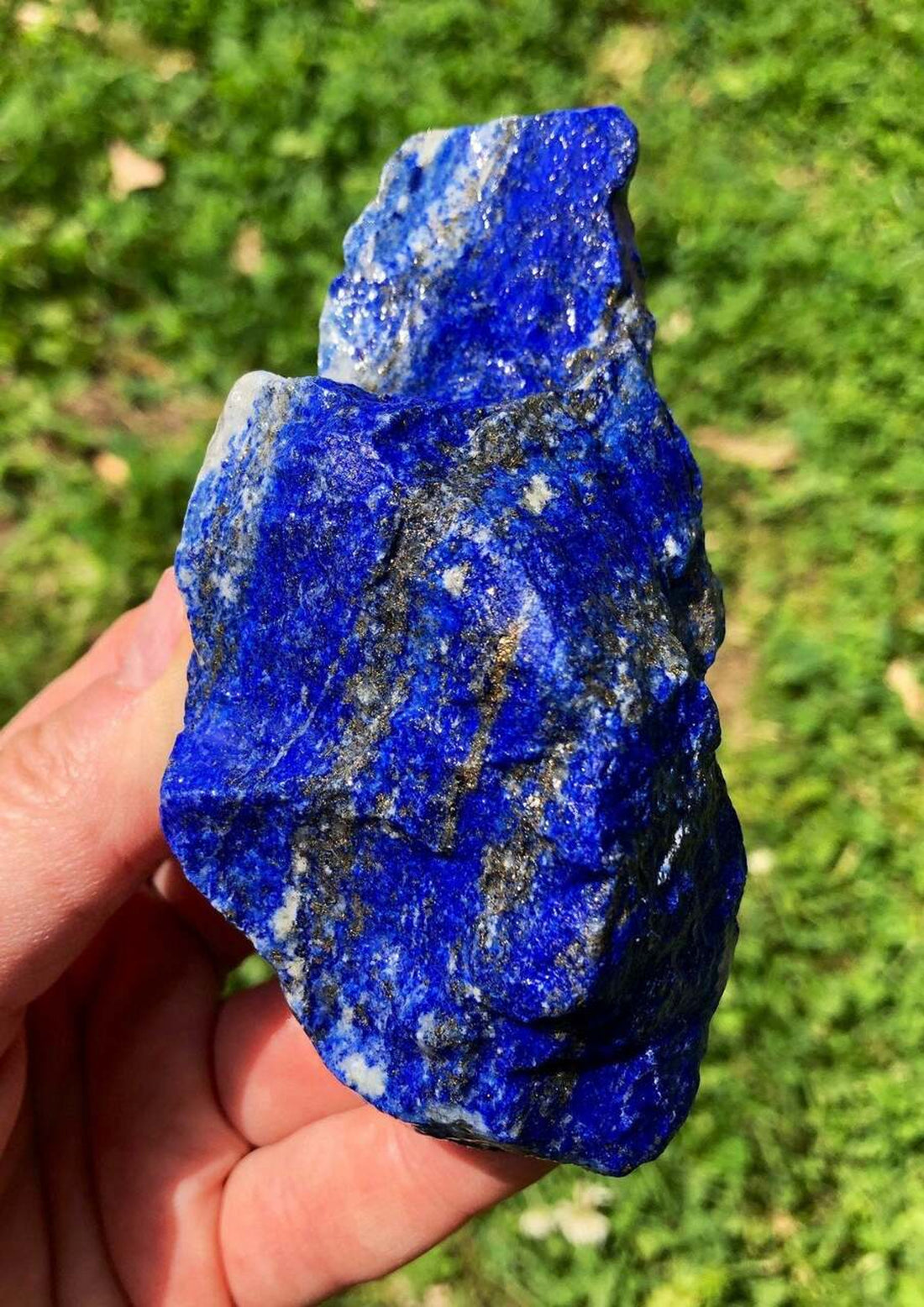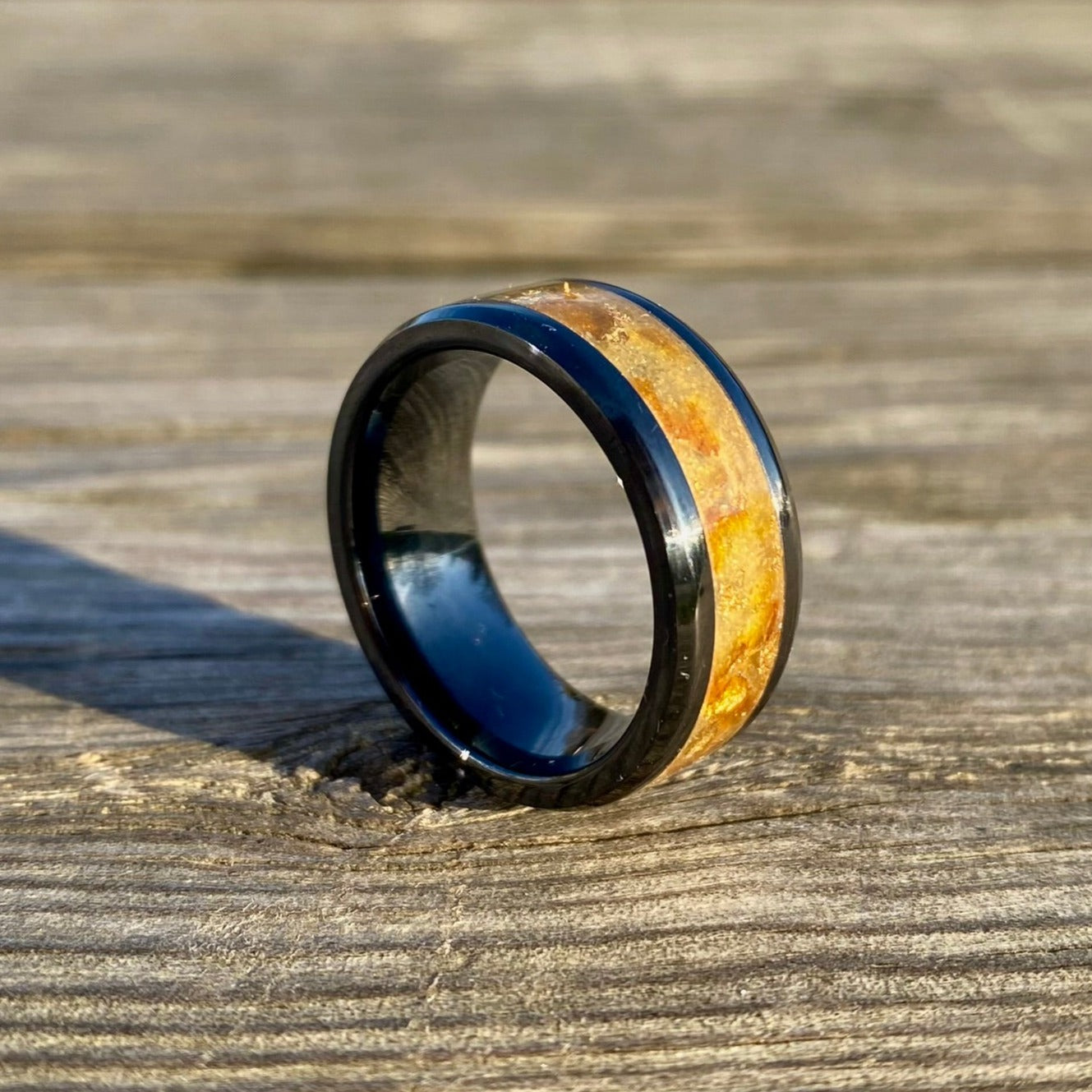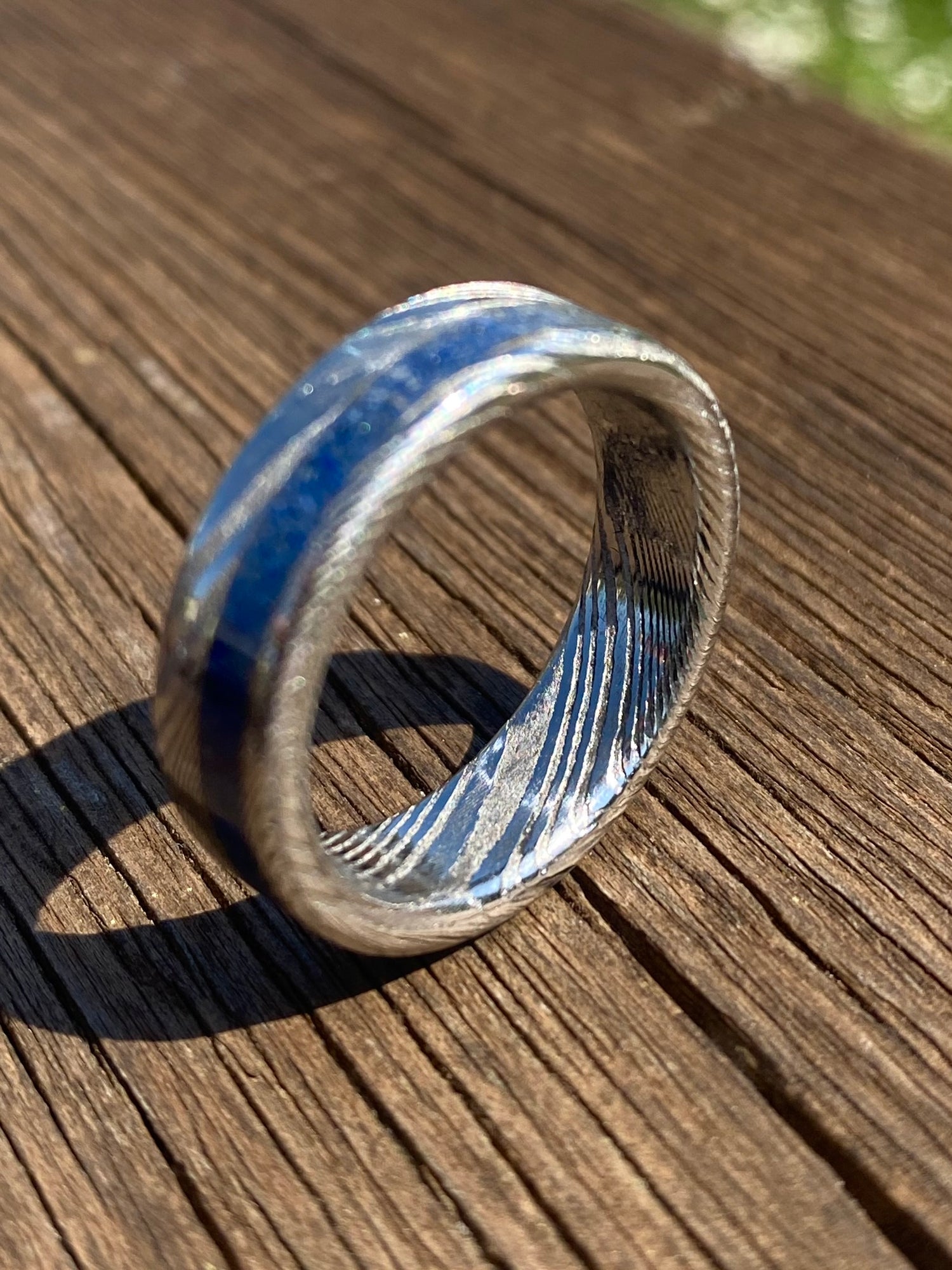🔍 Lazurite is a metamorphic rock that forms from the association of lazurite with various minerals, including pyrite, calcite and sodalite.
𝐅𝐨𝐫𝐦𝐮𝐥𝐚 𝐂𝐡𝐢𝐦𝐢𝐜𝐚: (Na₂,Ca)₂ [(Cl,NaS₃,NaSO₄)Al]Al₂(SiO₄)₃
𝐃𝐮𝐫𝐞𝐳𝐳𝐚 (𝐌𝐨𝐡𝐬): 5 - 6
𝐒𝐢𝐬𝐭𝐞𝐦𝐚 𝐂𝐫𝐢𝐬𝐭𝐚𝐥𝐥𝐢𝐧𝐨: Cubic
𝐋𝐮𝐜𝐞𝐧𝐭𝐞𝐳𝐳𝐚: Vitreous
⏳ The name lapis lazuli derives from the Latin “𝘭𝘢𝘱𝘪𝘴” (stone) and from the Persian “𝘭āž𝘢𝘷𝘢𝘳𝘥” (sky), from which it takes the name “stone of the sky”. The use of lapis lazuli has a thousand-year history, the first mines and artefacts date back to 7000 BC, near Sar-i Sang, in the North-East of present-day Afghanistan. One of the greatest artistic works created in lapis lazuli is the Ištar Gate, the eighth gate of Babylon built in 575 BC under King Nebuchadnezzar II.
In painting, the lapis lazuli pigment has been widely used over the years, from which the "lapis lazuli" derives.
🧪 Lapis lazuli is mainly composed of lazurite, a complex mixture of silicates, aluminates and sulfides. The approximate chemical formula of lazurite is often expressed as (Na,Ca)₈(AlSiO₄)₆(S,SO₄,Cl)₁-₂ and its intense blue is due to the presence in the lattice of S3- radical anions, which replace the chloride anions within the crystalline structure.
🌎 The main deposits of lapis lazuli are found in Badakhshan, Tibet, Iran and China.
In Italy it is found in small quantities near Vesuvius and the Alban Hills.
💬 The mask of the Egyptian pharaoh Tutankhamun is mainly composed of gold and lapis lazuli.







